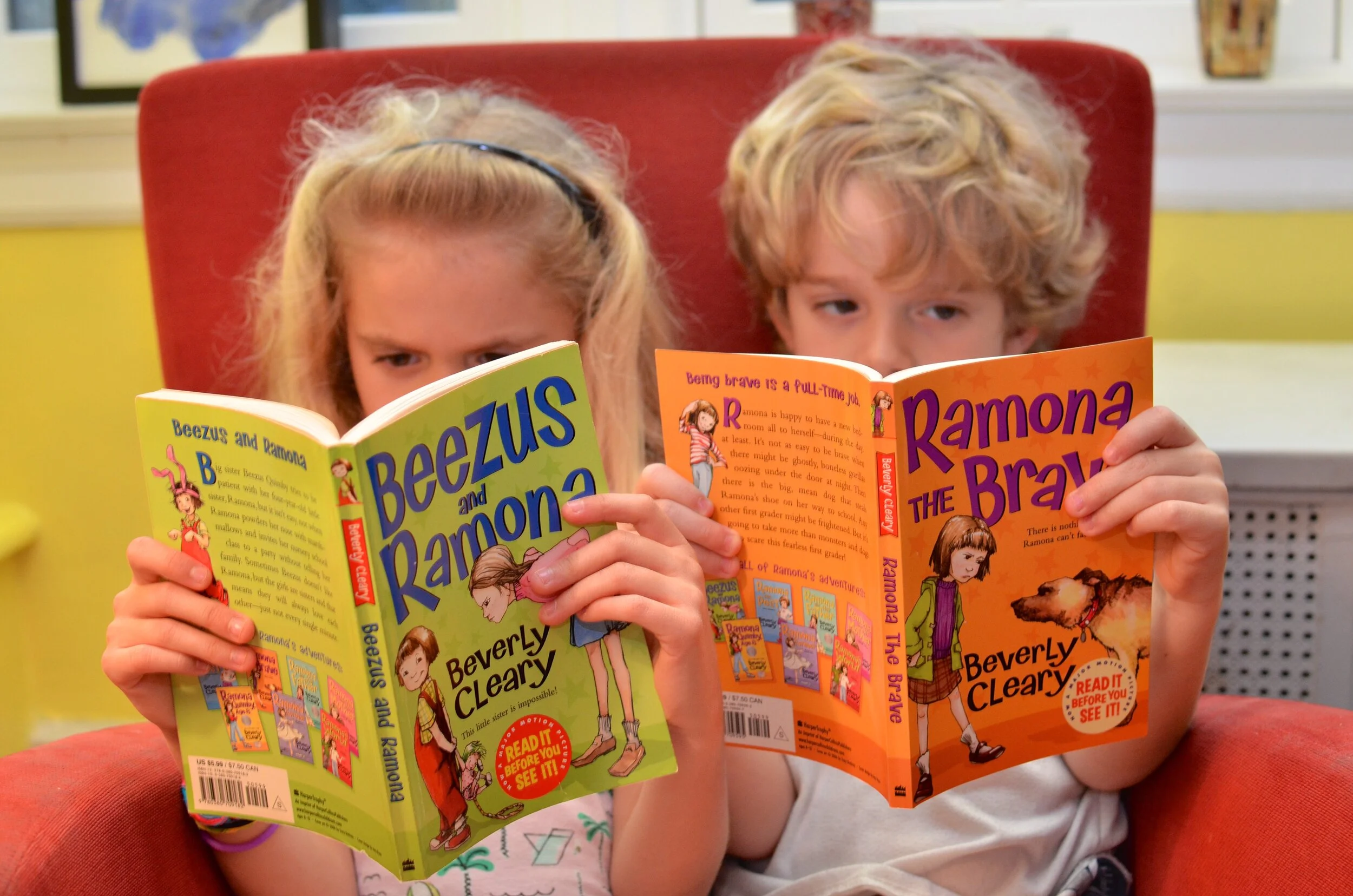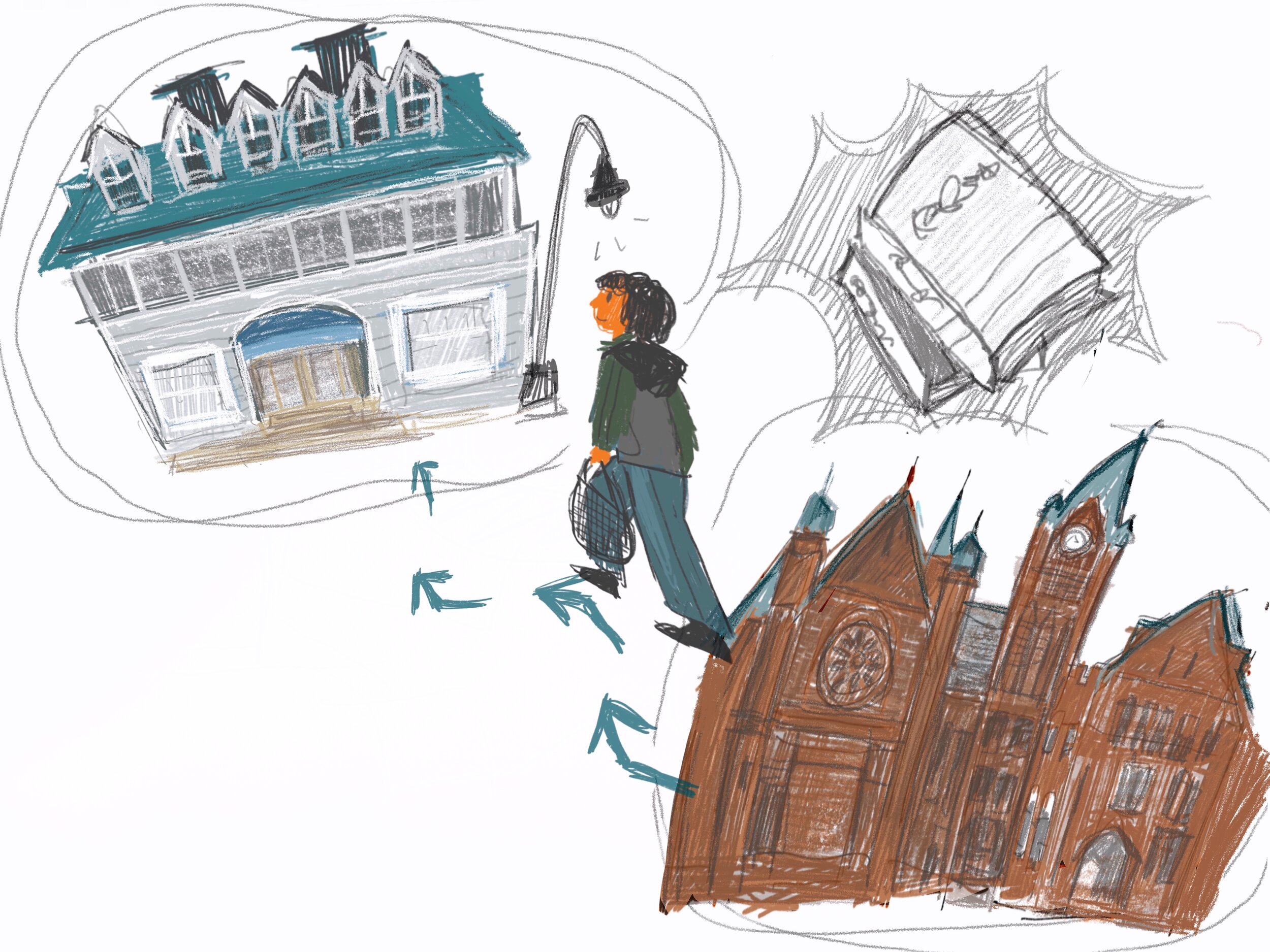“There is no American literature without African American literature,” declared Elizabeth Young, professor and chair of English at Mount Holyoke College. However, according to the Harvard Ed. Magazine, “[i]t’s been more than 50 years since literacy experts first stressed the need for more diverse books in the classroom..” By expanding our literary scope beyond the white authors who commonly appear in the American literary canon, we can see the substantial impact Black authors have on American literature.
Lucy Terry wrote the first recorded piece of African American poetry in 1746. Terry was enslaved in Massachusetts when she wrote her only surviving work, the poem “Bars Fight.” Set in colonial America, the poem acknowledges white colonists killed in an encounter with Native Americans in 1746. It was passed down orally for more than 100 years until it was published in 1855.
Three years before the American Revolution, Phillis Wheatley became the first African American to publish a volume of poetry, “Poems on Various Subjects, Religious and Moral,” written in 1773. Wheatley began learning to read and write at a young age, and it is believed she wrote her first poem at age 13. Her book received international acclaim, and her poetry earned praise from historically significant American figures like Benjamin Franklin and George Washington. Many people were reluctant to read her works, but she still emerged as a household name in American poetry.
Most African American poetry in the 19th century took the form of oral accounts from fugitive slaves. Among the authors who gained prestige during this era, Frederick Douglass is one of the most famous, known for publishing “Narrative of the Life of Frederick Douglass, an American Slave,” which fueled the abolitionist movement in the U.S. Douglass was also the first African American to be nominated for U.S. vice president. He was a revered orator, leader and advocate for equal rights.
Harriet Jacobs was another renowned African American writer of the 19th century. In 1861, she self-published “Incidents in the Life of a Slave Girl,” a narrative of her enslavement. The book discusses the sexual abuse enslaved women faced from slaveholders alongside Jacob’s struggle to gain freedom for herself and her children. Jacobs published her book, now an American classic, under the pseudonym Linda Brent. “Incidents in the Life of a Slave Girl” has become one of the most prominent slave narratives written by a woman and has brought attention to the particular abuse that enslaved women faced.
After the Civil War, there was a boom in printing African American literature. One of the leading writers of this period, Booker T. Washington, wrote several books, including “The Story of My Life and Work” and “The Man Farthest Down.”
Washington had an infamous feud with another well-known African American writer of the time, W.E.B. Du Bois. Du Bois had a more radical approach to combating racism, whereas Washington had an “assimilationist view; not as confrontational toward racial politics,” according to Young. “For Black political and cultural thought in the 20th and 21st centuries, Du Bois remains the more salient figure, the more intellectual, the more prolific, the more radical in his analysis,” she explained.
Although these writers are often identified by their opposing perspectives, “they were writing in the context of lots of different African American writers and intellectuals, … [including] Pauline Hopkins and Anne Francis Harper, two important African American women writers and thinkers,” Young emphasized. “I think it’s important, as we review the conflict between them, to see them as part of a kind of complex world of many people, including lots of women who are thinking and writing about race and Black life at the time.”
A significant and influential period in African American culture and art, the Harlem Renaissance saw the rise of some of the most prominent authors of the early 20th century. Alongside musicians like Louis Armstrong and artists like Aaron Douglas were writers such as Zora Neale Hurston, Alice Dunbar-Nelson and Langston Hughes, all of whom shaped African American literature.
Hurston is best known for writing “Their Eyes Were Watching God,” a book that follows Janie Crawford as she navigates adolescence and adulthood as a Black woman. The book was met with heavy resistance at its time of publication and fell into obscurity for a few decades, but was rediscovered in 1975 by another African American writer, Alice Walker. Hurston’s novel is now considered an essential piece of African American and women’s literature. Hurston, along with Dunbar-Nelson, were some of the most high-profile female writers of the era. Dunbar-Nelson was one of the only African American diarists of the early 1900s.
Hughes, considered one of the best writers in American history, shaped the Harlem Renaissance, focusing on portrayals of African American life from the 1920s to the 1960s. He brought increased attention to African American literature in American society, which led the mainstream media to begin absorbing and appreciating African American art.
Amid protests and demonstrations to abolish segregation following the civil rights movement, African American writers focused on the unfair treatment toward Black people while also highlighting the importance of the Black individual and the Black experience.
One of the most notable authors of that period was James Baldwin, who taught at Mount Holyoke as part of the Five College faculty. He wrote “Go Tell It on the Mountain,” which analyzed the intersection of race and sexuality, specifically what it meant to be both Black and gay in 1930s Harlem, a topic that was taboo for the general American public at the time.
Suzan-Lori Parks ’85 studied under Baldwin at Mount Holyoke. She says that he called her an “utterly astounding and beautiful creature who may become one of the most valuable artists of our time.” Parks went on to win the Pulitzer Prize for Drama in 2002 for her play “Topdog/Underdog.” She was the first African American woman to win the award.
Another author of the civil rights era was Ralph Ellison, who wrote “Invisible Man,” a National Book Award winner focusing on the unattainability of the American Dream for African Americans, as their accomplishments and individuality are largely perceived as “invisible.”
This period also marked an increase in the recognition of Black women poets, including Gwendolyn Brooks. She was the first Black author to win the Pulitzer Prize and the first Black woman to be a poetry consultant to the Library of Congress.
Alongside these books, many historic essays that focused on human rights and injustice were published by Black Americans during this time. The most well-known were Martin Luther King Jr.’s “Letter from Birmingham Jail” and Malcolm X’s “The Ballot or the Bullet.”
From the late 1900s to the present day, African American literature has become increasingly popular, frequently earning awards and topping bestseller charts. Female authors made waves in the American poetry scene, from Alice Walker, who won the 1983 Pulitzer Prize for Fiction and the National Book Award for her novel “The Color Purple,” to Maya Angelou, who delivered her poem “On the Pulse of Morning” at former President Bill Clinton’s first inauguration. Today, writers like Amanda Gorman, the youngest poet to speak at a presidential inauguration, continue to highlight the importance of African American composition.
Following the turn of the 21st century, the variety of African American writing circulating worldwide changed drastically from the limited availability of colonial African American works. As more Black writers establish themselves as forces in the American literary scene, their influence and work must be acknowledged in the American literary canon.
“I do not think one could talk at all responsibly or accurately or imaginatively about something called American literature that does not have African American literature at the center,” Young said.
















